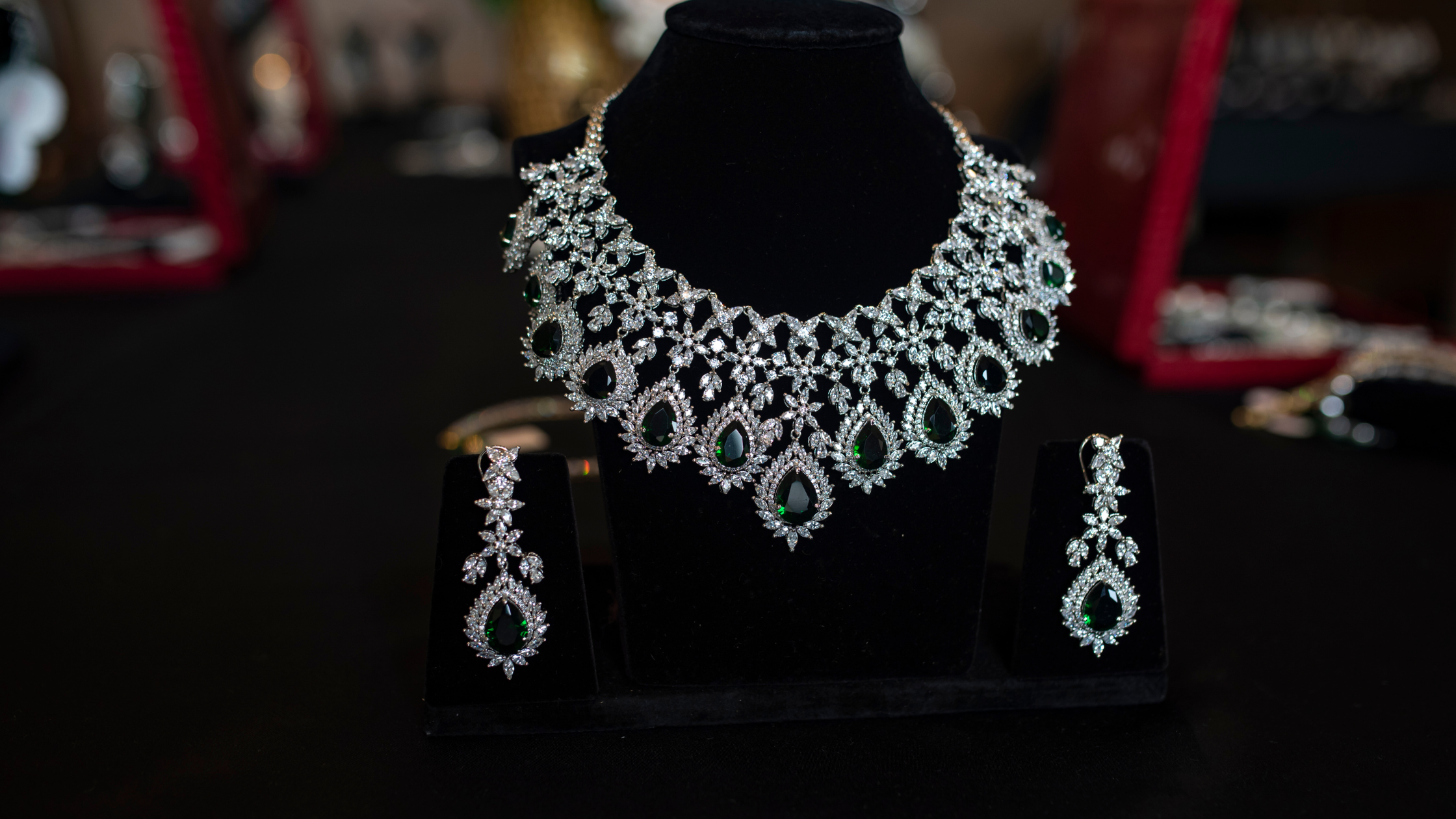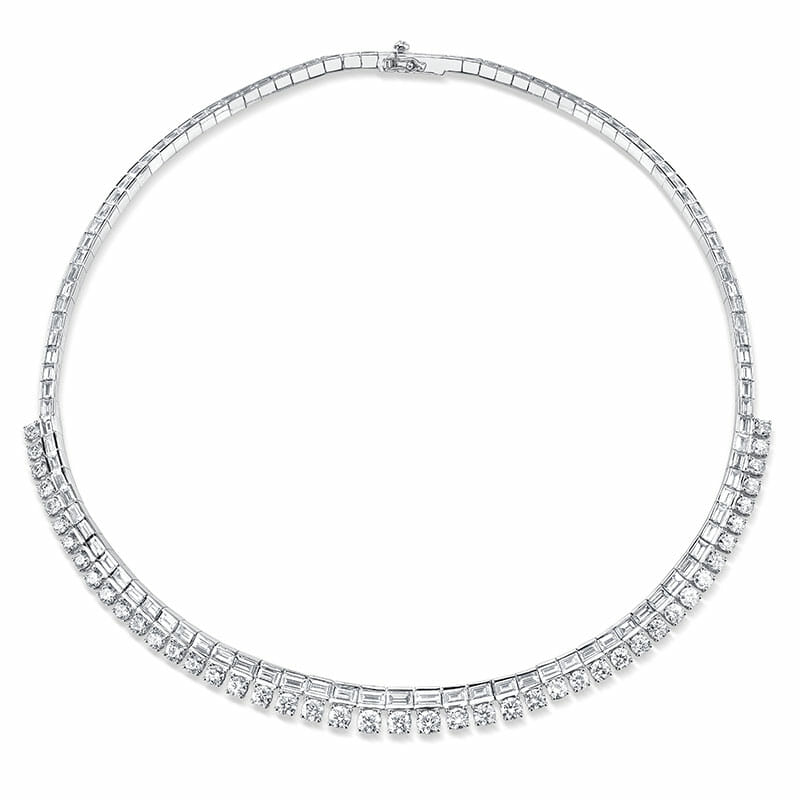Blood diamonds, also known as conflict diamonds, are a significant issue in the diamond industry. These diamonds are mined under conditions that often involve human rights abuses, forced labor, and violence. The sale of blood diamonds has fueled armed conflicts in several regions, particularly in Africa. In recent years, there has been an increased focus on the ethical implications of buying diamonds and the efforts to eliminate the trade in blood diamonds. In this article, we will explore what blood diamonds are, how they are sourced, and the global efforts to curb their impact.
What Are Blood Diamonds?
Blood diamond are diamonds that are mined in war zones and sold to finance armed conflict against governments. These diamonds are often extracted from regions where human rights violations are rampant, including forced labor, child labor, and violent conditions. The term “blood diamond” was popularized in the late 1990s during the Sierra Leone Civil War, where diamonds were used to fund rebel groups and exacerbate the violence. Blood diamonds are typically smuggled across borders, making it difficult to trace their origins.
The diamond trade has long been linked to conflict in regions such as Sierra Leone, Angola, and the Democratic Republic of Congo. These diamonds are usually extracted from mines controlled by rebel forces or corrupt governments, and they are often sold on the global market to finance weapons and warfare. The impact of the blood diamond trade has been devastating, leading to widespread suffering, displacement, and loss of life in the affected regions.
The Impact of Blood Diamonds on Global Conflict
The trade of blood diamonds has been a major source of funding for rebel groups involved in civil wars and armed conflicts. In many cases, these diamonds have been used to purchase weapons, fuel violence, and perpetuate instability in war-torn regions. For example, during the Sierra Leone Civil War in the 1990s, rebel groups financed their operations by selling diamonds mined under brutal conditions. These diamonds, which were often extracted by forced labor, were smuggled across international borders and sold in global markets.
The impact of blood diamonds on global conflict has been devastating. In addition to the direct violence fueled by the trade, the diamond industry has been associated with human rights abuses, including the exploitation of vulnerable populations. The extraction process often involves the use of child labor, unsafe working conditions, and the destruction of local communities. This has led to calls for increased regulation and accountability within the diamond industry.
The Kimberley Process: Efforts to Combat Blood Diamonds
The Kimberley Process Certification Scheme (KPCS) was established in 2003 as an international initiative aimed at curbing the trade in blood diamonds. The Kimberley Process involves governments, industry stakeholders, and civil society organizations working together to certify the origins of diamonds and ensure that they do not fund armed conflict. Under the Kimberley Process, diamonds are required to be traced from the point of extraction to the final point of sale, making it easier to identify blood diamonds and prevent them from entering the market.
While the Kimberley Process has been successful in reducing the flow of blood diamonds into the global market, it has faced criticism for its limited scope and enforcement challenges. Some countries and mining operations have found ways to bypass the certification system, allowing conflict diamonds to continue circulating. Additionally, the Kimberley Process does not address other ethical concerns in the diamond industry, such as labor exploitation and environmental damage. As a result, there is ongoing debate about the effectiveness of the Kimberley Process in fully addressing the issue of blood diamonds.
How to Avoid Buying Blood Diamonds
As a consumer, one of the best ways to avoid buying a blood diamond is to ensure that the diamond you are purchasing comes with a valid Kimberley Process certification. Reputable jewelers and diamond retailers should be able to provide proof that their diamonds are conflict-free and have been sourced ethically. Many retailers also offer diamonds with additional certifications, such as Fairmined or Fairtrade, which guarantee that the diamonds have been mined under fair labor conditions and with minimal environmental impact.
In addition to seeking out certification, it’s important to educate yourself about the diamond’s origin. Many jewelers are now offering transparency about the sourcing of their diamonds, allowing consumers to track the journey of the stone from mine to market. By supporting retailers who prioritize ethical sourcing, consumers can help drive the demand for conflict-free diamonds and contribute to positive change within the industry.
The Rise of Lab-Grown Diamonds as an Ethical Alternative
In recent years, lab-grown diamonds have become a popular alternative to natural diamonds, offering a more ethical and sustainable option for consumers. Lab-grown diamonds are created in controlled environments, using advanced technology to replicate the natural diamond formation process. Because lab-grown diamonds are not mined from the earth, they do not contribute to the social and environmental issues associated with traditional diamond mining, including the problem of blood diamonds.
Lab-grown diamonds are chemically and physically identical to natural lab grown diamonds, meaning they offer the same brilliance, durability, and beauty. By choosing lab-grown diamonds, consumers can avoid supporting the harmful practices associated with blood diamonds, while still enjoying the beauty of a diamond. This growing trend toward lab-grown diamonds is seen as a positive step in reducing the demand for conflict diamonds and promoting ethical practices within the jewelry industry.
The Role of Consumers in Ending the Blood Diamond Trade
Consumers play a crucial role in ending the trade in blood diamonds by making informed purchasing decisions and supporting ethical practices within the diamond industry. By choosing diamonds that are certified conflict-free or opting for lab-grown alternatives, consumers can help reduce the demand for blood diamonds and encourage the industry to adopt more sustainable and ethical practices.
Furthermore, raising awareness about the issue of blood diamonds and advocating for stronger regulation and enforcement of the Kimberley Process can help to combat the trade at its source. By being proactive in demanding ethical sourcing and transparency, consumers can contribute to the movement for a more responsible and humane diamond industry.
Conclusion: The Fight Against Blood Diamonds Continues
Blood diamonds remain a significant issue within the diamond industry, contributing to global conflict and human rights abuses. However, efforts such as the Kimberley Process and the rise of lab-grown diamonds offer hope for a more ethical future. By supporting certified conflict-free diamonds and considering alternative options like lab-grown diamonds, consumers can help reduce the impact of the blood diamond trade and promote responsible practices within the industry.










